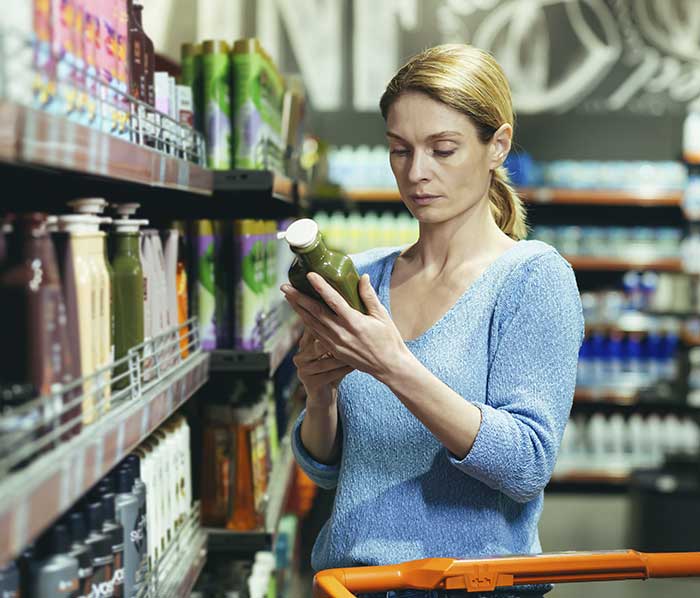The new food labeling provides objective and clear information about the composition of products and the presence of nutrients that should be consumed in moderation. Although the measure came into effect last year, products intended for the final consumer that were already on the market have until October 9 to adapt to the new rules.
According to Joyce Fava, a quality technician at Amicci, a company specialized in Private Label Development & Management, the changes are being implemented gradually. This allows companies to make the necessary adaptations to the new Resolution of the Collegiate Board (RDC), a type of technical regulation that establishes processes, practices and quality standards.

The first deadline was October 9, 2022, valid for products intended exclusively for industrial processing or food services. This year, the deadline for products that are already on the market also ends. Food manufactured by small businesses (such as family farmers and micro-entrepreneurs) can be marketed by the same date, only in 2024. Finally, non-alcoholic beverages in returnable packaging must comply by 2025. “In practice, a product produced on October 7th, even if in the old packaging, it can remain at the point of sale until April 2024”, explains the professional.
How the changes affected companies
Amicci is responsible for the development and management of Private Brand products for the largest retail chain in Brazil – Carrefour, in addition to the supermarket chains Enxuto, UniBrasil and Prezunic. With the new legislation, the company needed to make changes in the clients’ strategies, without neglecting the quality of the products.
Before, the lack of instruction and nutritional knowledge, confusion about the quality of food and difficulties in viewing, reading, processing and understanding the table prevented the population from actually understanding what they were consuming. In addition, two latent issues were about the inconsistencies in the veracity of the declared information and even the absence of it in many foods.
“People are increasingly concerned about what they consume. It is no wonder that applications have been launched that facilitate the reading of labels. The debate to promote accessibility to this information is old and the review needed to be meticulous in order to bring about an effective transformation. We see the changes as positive and have already applied them to the products we care for”, analyzes Antônio Sá, specialist in retail and founding partner of Amicci, a Private Brand Development & Management company.
After a long review, the Anvisa understood that changes should improve the visibility and readability of nutritional information, facilitate the understanding of the main attributes of foods, reduce situations that generate mistakes regarding composition and facilitate nutritional comparison between foods.
“The models must meet the specific needs of each population. In Brazil, it was based on the nutritional table, which despite being similar to the table as we know it, brings many changes to the new model that should help the consumer to make better decisions. Therefore, the nutritional information must be on the front of the label, as well as the warning with a magnifying glass icon, accompanied by textual alerts about the high levels of added sugars, saturated fat and sodium. There are details, some small, but that make the novelty unique”, points out Sá.
All products, whether launching or producing a new batch, must comply with the new legislation. Everything that has already been produced, however, can be marketed with the old packaging until the end of shelf life.
The new food labeling
The new food labeling allows the population to know exactly what they are taking home, which is yet another way to help them make conscious food choices, without having to search through search engines or consult applications that decipher labels.
One of the main changes in the new RDC is the so-called Frontal Nutritional Labeling, supplementary information to the existing nutritional table. It will be mandatory in foods packed away from the consumer, whose quantities of these items exceed pre-established limits. It is not mandatory for in natura foods, as long as they do not have such added ingredients, for example fruits, vegetables, meat, milk, alcoholic beverages, among others.
The limits defined by the Normative Instruction are based on the amount of 100 grams or milliliters, with differences between solid or semi-solid foods and liquids.
About Amicci
Amicci is a marketplace that combines technology with a team of excellence in creating successful private labels. The platform is the largest exclusive product development ecosystem in Latin America, with more than 400 projects, uniting industries and retailers in the world in one place.






